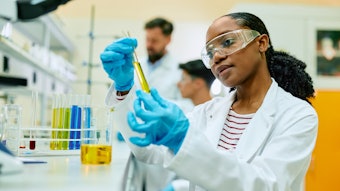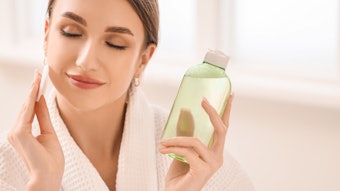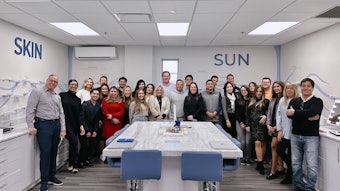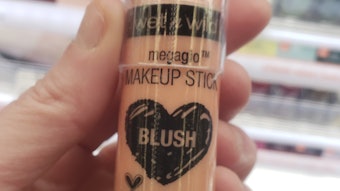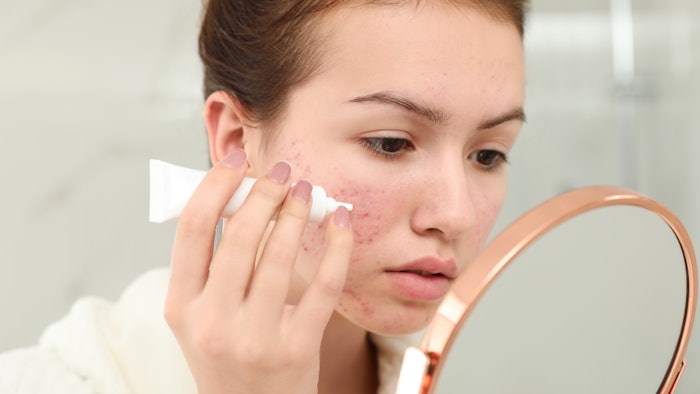
According to the U.S. Food and Drug Administration (FDA), acne is a disease involving the oil glands and hair follicles of the skin that manifests as blackheads, whiteheads, acne pimples and acne blemishes.1
Featured: Topical Antioxidant and Silymarin Serum Improves Facial Acne
Acne can be caused by a multitude of factors such as increased sebum production, androgen activity, keratinocyte production and desquamation; colonization of pilosebaceous unit by Cutibacterium acnes (C. acnes); and inflammation and immune reactions. Moreover, acne may be caused by oil and dead skin cells plugging the hair follicle, which creates a sebum-rich and oxygen-poor environment that is ideal for the proliferation of C. acnes.
Outside of these causes, factors such as puberty, pregnancy and growth hormones can exacerbate acne. There is also a common perception that acne can result from poor hygiene; but in fact, the opposite could be true—aggressive cleaning of the skin will disrupt the skin barrier, which results in transepidermal water loss (TEWL) and rough/irritable skin that may create comedones.
The following considers characteristics of acne, followed by the ingredients used to address them.
Types of Acne
There are two main types of acne. The first is non-inflammatory, which presents as blackheads and whiteheads. Blackheads are open comedones that rarely develop into inflammatory lesions. On the other hand, whiteheads are closed comedones that can process into inflammatory lesions.
The second type is inflammatory acne, which presents as:
- Papules, which are small, raised, red and tender bumps under the skin;
- Pustules (pimple), i.e., red, tender bumps with white pus at the tip;
- Nodules that are deep, hard to the touch, painful and deep red or purple in color; and
- Cysts, which are large, pus-filled lesions, affecting deeper skin layers and frequently causing scarring.
The grades of acne are typically mild, moderate and severe, defined as follows.
- Mild is limited to the face, with non-inflammatory comedones and a few inflammatory lesions.
- Moderate includes an increased number of inflammatory papules and pustules on the face and other body parts.
- Severe refers to nodules and cysts on the face, neck, chest and back.
Treatment
Most acne treatments are long, complex processes that do not work over night. Typically, they take 4-8 weeks until positive results are observed; and sometimes acne may get worse before it gets better. Consumers should consult with a dermatologist if the acne persists or is untreatable with OTC products.
Not all acne-fighting ingredients will work for everyone and treatment may require trial and error. With milder cases, topical regimens are typically best whereas moderate to severe cases may better respond to systemic drugs.2
OTC Ingredients
According to the FDA, to prevent/treat mild to moderate acne topically, given OTC drug ingredients are permitted. These are outlined under Title 21, Chapter 1 §333.303.2 The ingredients and the concentrations at which they are deemed safe and effective are as follows:3
- Benzoyl peroxide 2.5-10.0%;
- Resorcinol 2% when combined with sulfur, in accordance with § 333.320(a);
- Resorcinol monoacetate 3% when combined with sulfur, in accordance with § 333.320(b);
- Salicylic acid 0.5-2.0%;
- Sulfur 3-10%; and
- Sulfur 3-8% when combined with resorcinol or resorcinol monoacetate, in accordance with § 333.320.
When formulating with these ingredients, it is important to understand their mechanism of action to create an effective treatment. When benzoyl peroxide is used between 2.5-10.0%, for example, it increases cell turnover, cleans pores, desquamates skin and acts as an anti-inflammatory.
Salicylic acid at 0.5-2.0% will assist with desquamation and provide comedolytic properties, making it an effective option for individuals sensitive to retinoids. Sulfur and resorcinol impart keratolytic effects, which helps to remove lesions caused by desquamation and to thin the skin around them,2 making these ingredients a good option for spot treatments.
Previously: Phase 3 Data for WINLEVI Supports Efficacy for Acne
Emollients
Treating skin with anti-acne ingredients may sensitize it, since most ingredients work by resurfacing the skin. This can result in dryness and irritation. However, the addition of emollients can soothe the skin while it heals. Emollients soften and smooth the skin by filling voids between corneocytes; this in turn helps protect the skin from external factors.
Some examples of emollients include mineral oils, plant oils, vegetable oils and silicones. These help to reduce irritation and hydrate the skin. Such attributes not only assist in maintaining the skin barrier, but also repair the skin from lesions such as acne.
Occlusives
Occlusive agents function by forming a hydrophobic barrier to physically block and prevent TEWL. As such, they help to maintain the skin barrier because they prevent TEWL.
Maintaining the skin barrier is vital to healing acne lesions. Contrary to popular belief that occlusives cause additional acne by leaving an oily film, proper occlusives help to lock in the OTC anti-acne ingredients while reducing signs of irritation and inflammation. Example occlusive agents include petrolatum, lanolin and diisostearyl malate.
Conclusion
When creating anti-acne products that are marketed as such, a brand must follow the FDA monograph (Title 21, Chapter 1, §333.303), as previously noted. This monograph outlines which ingredients, along with their concentration, are safe and effective for treating acne.
However, it is also important to understand the mechanism of action for each ingredient and the different types of acne to be treated. This will allow the formulator to create the best acne treatment for the given condition.
Aside from treating the acne with anti-acne ingredients, it is also important to help heal the skin by using emollients and occlusives. These will assist with wound healing and reduce scarring and inflammation.
Previous "Formulating on Trend:" Microbiome-conscious Skin Care
References
1. Code of Federal Regulations. (Updated 2022, Apr 25). §333.303 definitions. Available at: https://www.ecfr.gov/current/title-21/chapter-I/subchapter-D/part-333/subpart-D/section-333.303
2. Baki, G. and Alexander, K.S. (2015). Introduction to cosmetic formulation and technology 170-174. Hoboken, NJ, John Wiley & Sons.
3. Code of Federal Regulations. (2010, Mar 4). §333.310 acne active ingredients. Available at: https://www.ecfr.gov/current/title-21/chapter-I/subchapter-D/part-333/subpart-D/section-333.310





